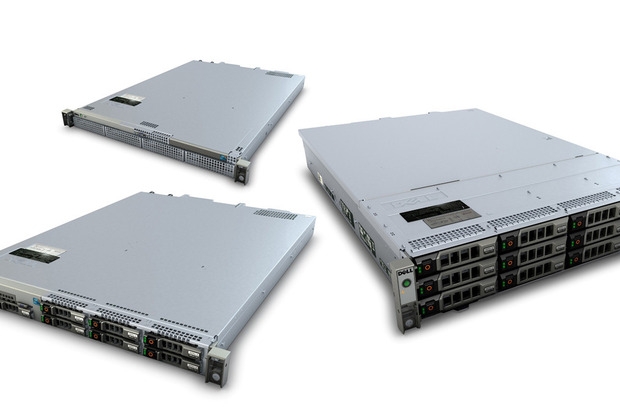Announced at the Dell World conference in Austin, Texas was the DSS 7000, an ultra-dense server optimised for storage capacity which can fit up to 90 3.5in drives along with two twin-socket server nodes into a single 4U rack-mount chassis for a maximum 720TB of storage.
Also out now are the DSS 1500, DSS 1510 and DSS 2500 1U and 2U "pizza box" servers which scale by putting more onto a single data centre rack.
What we are looking at really are stripped down Dell servers (the DSS 7000 is based on the DCS XA90) which are customised to customers like service providers.
Robin Kuepers, director of data centre solutions for Dell in EMEA said: "Everything these guys don't want is stripped out, so it's almost a bare chassis, but what they do want is the Dell quality, an account executive they can go to, and 24x7 support so if something goes wrong they can just pick up the phone, and they want seven to 15 days' lead time.”
Dell is also adding to its new XC Series which is its converged infrastructure appliances based on the Nutanix. Once again the Dell XC6320, focuses on high density, fitting four compute nodes and more than 44TB of storage into a 2U chassis.
Then there is an all-Flash the XC6320-6F to go with the existing flashy XC630, the XC630-10F. All-Flash versions have a single storage tier, but Dell has promised that tiering between different types of flash drive is coming.
For storage servers Dell is adding a new SC9000 storage array controller, based on Dell's 13th generation of PowerEdge server hardware supporting 12Gbps SAS and over 3PB of storage.
The SC9000 uses version 6.7 of the Storage Centre software platform, adding mission-critical capabilities such as auto-failover in the Live Volume high availability feature for "zero workload downtime.”




